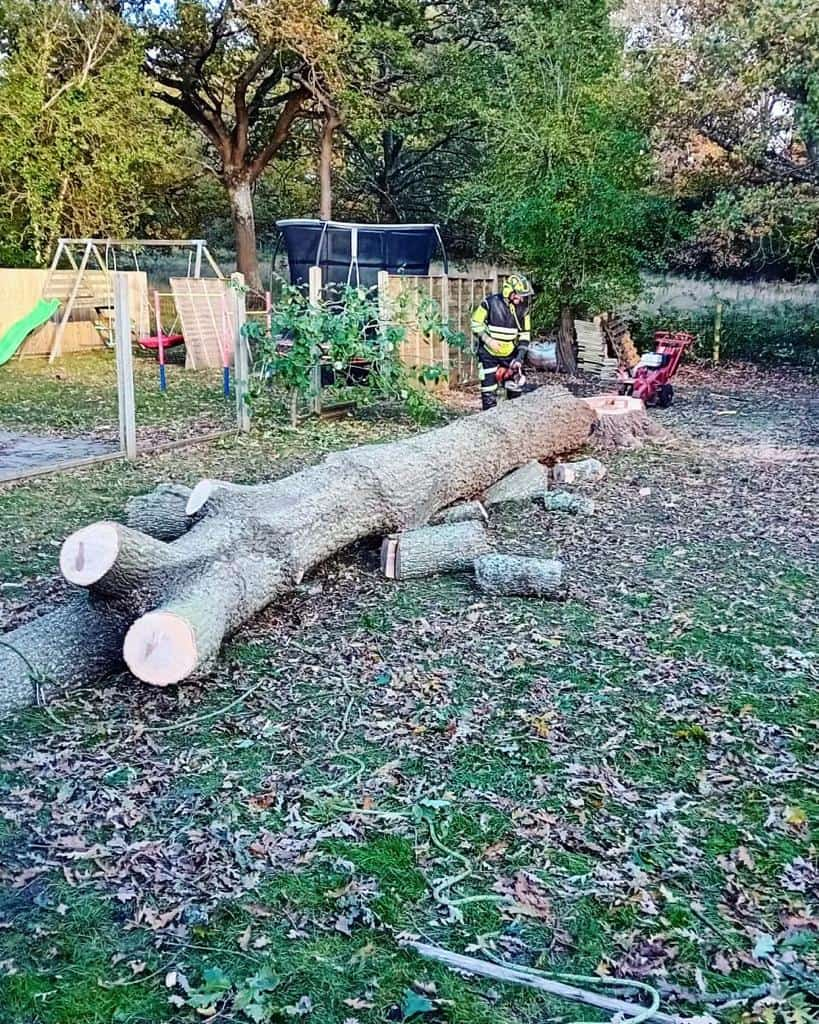Introduction: Trimming your hedges can be a rewarding and cost-effective way to maintain your garden’s appearance. However, it can also be daunting without the right approach and tools. We understand the importance of proper hedge maintenance at LM Tree Surgery Midhurst. Here are some essential tips for beginners venturing into DIY hedge cutting:
- Choose the Right Tools
Having the correct tools for the job makes hedge-cutting easier and more effective:
- Hedge Trimmer: Invest in a good quality hedge trimmer suitable for your size and type of hedges. Electric, cordless, or petrol-powered trimmers offer different levels of convenience and power.
- Hand Shears: For detailed trimming and shaping, especially for smaller or more intricate areas of your hedges.
- Safety Gear: Wear gloves, glasses, and sturdy footwear to protect yourself from debris and sharp blades.
- Understand Your Hedge Species
Different hedge species have varying growth patterns and trimming requirements:
- Research: Learn about your hedge type’s specific needs regarding trimming frequency, seasonal timing, and preferred shape.
- Start Small: Begin with smaller sections or less visible hedges until you gain confidence and experience handling the trimmer or shears.
- Plan Your Cutting Strategy
Approach hedge cutting methodically to achieve desired results:
- Mark Out Boundaries: Before trimming begins, use stakes or strings to outline the height and shape you want to achieve.
- Cutting Technique: Start from the bottom of the hedge and work upwards, using smooth, sweeping motions to create an even finish.
- Timing is Key
Trim hedges at the right time of year for optimal growth and health:
- Spring and Summer are typically the best seasons for regular maintenance trimming when hedges are actively growing.
- Avoid Frosty Conditions: Cutting hedges during frosty weather can damage tender growth. Wait for milder conditions if possible.
- Safety First
Ensure your safety and that of others around you:
- Stable Platform: Use a sturdy ladder or platform if trimming taller hedges. Avoid overreaching to prevent accidents.
- Tool Maintenance: Keep your tools well-maintained and sharp for clean cuts and safer operation.
- Clean Up After Trimming
Dispose of trimmings responsibly to keep your garden tidy and prevent them from smothering your hedge or lawn:
- Collect Trimmed Material: Use a garden waste bin or tarp to gather trimmings for disposal or composting.
Conclusion: DIY hedge cutting can be a satisfying way to care for your garden, but it requires careful planning, the right tools, and attention to detail.
Call us on: 01730 771 392
Click here to find out more about LM Tree Surgery Midhurst
Click here to complete our contact form and see how we can help you with your tree’s needs.

